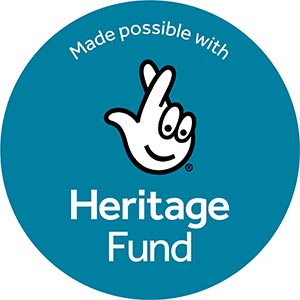UNESCO has declared the Garba, the dance of Gujarat, as “an Intangible Cultural Heritage of Humanity” (ICHH), recognising it as an inherited “living expression” that fosters inclusiveness and honours the feminine energy of Shakti. Intangible cultural heritage is an important factor in maintaining cultural diversity in the face of growing globalisation and an understanding of it from different communities helps intercultural dialogue and mutual respect for other ways of life. Over the decades Garba has been an integral, multivalent component of Gujarati culture in India and among the Indian diaspora in UK and across the globe.
In addition to being a religious ritual, Garba fosters social equality by diluting socio-economic, gender, and rigid sect structures. It continues to be inclusive and participative by diverse and marginalised communities, strengthening community bonds. This tradition is inherited from ancestors, and passed on to descendants, such as oral traditions, performing arts, social practices, rituals, festive events, knowledge and practices concerning nature and the universe or the knowledge and skills to produce traditional crafts.
This inscription helps ensure the viability of this tradition and inspires the community, particularly young people, to continue with the knowledge, skills and oral traditions associated with Garba
This project aims to reveal the story of this UNESCO recognised intangible heritage as practised in UK. One of the most important tasks for the first generation was to preserve and pass onto future generations a love of their food, costumes, arts, culture and religious traditions. In this regard, the story of the annual Navratri Garba, during the period is a very important heritage that needs to be recorded, shared widely and preserved.
The project explores following crafts associated with Garbas :
-
Traditional Garba pot decoration workshops
-
Garland making workshops
-
Hand embroidered Torans with beads
-
Arti decorations
-
Recycle bangles and recreate designs
-
Ajrakh
-
Block printing
-
Bandhani – Tie and Dye
-
Batik
-
Rangoli workshops
-
Dressing up /Costume making
-
Garba Jewellery making workshops
-
Weaving
-
Meenakari
-
Lippan Art
-
Flower making
Supported by The National Lottery Heritage Fund

Finale : A celebratory event with an exhibition of outputs of these workshops at Bharatiya Vidya Bhavan in 2026
All the outputs of above activities will be archived in local archives.
Project curated by Lata Desai with Rolf Killius.
Traditional Garba pot decoration workshops
The Navratri Garba pot, or Garbo, holds deep symbolic meaning and cultural significance in the Gujarati tradition. The Garbo is an earthen pot which has holes around it and in it, a lighted lamp is placed. It represents the womb, the source of all creation, reflecting the feminine aspect of divinity, particularly as it relates to Goddess Durga and other forms of Shakti.
It is placed at the centre of communal Navratri gatherings around which colourfully dressed women, men and children move around singing and playing Garbas. The moving around the Garbo, indicates the never-ending cycle of creation. Just as the dancers move around the Garbo in a continuous circle, it represents the infinite cycle of birth, life, death, and rebirth.
We conducted workshops to teach women how to decorate the pots using upcycled and ecofriendly materials.
Bandhani – Tie and Dye
Bandhani is a traditional tie and dye textile art from Gujarat which has roots that can be traced to the Indus Valley Civilisation. It is woven with history, culture and intricate craftsmanship. The word ‘Bandhani’ itself comes from the Sanskrit word ‘’bandh’ which means to’ tie’, reflecting the fundamental technique of tying and dyeing fabric to create stunning designs. It is a craft which narrates the enchanting tale of dots and knots with colours. These dots are tightly tied with thread before dyeing the cloth to create patterns and figurative designs in the resist areas Each colour and pattern holds cultural meaning, from red symbolizing love to yellow bringing happiness. People wear bandhani costumes during Navratri to express the festive spirit. It is considered auspicious for Navratri.
30 women worked with national award-winning artisan Akhtar Khatri from Bhuj who taught them the intricate techniques of making ‘bandhani’. Some of the work created by these women are displayed here.